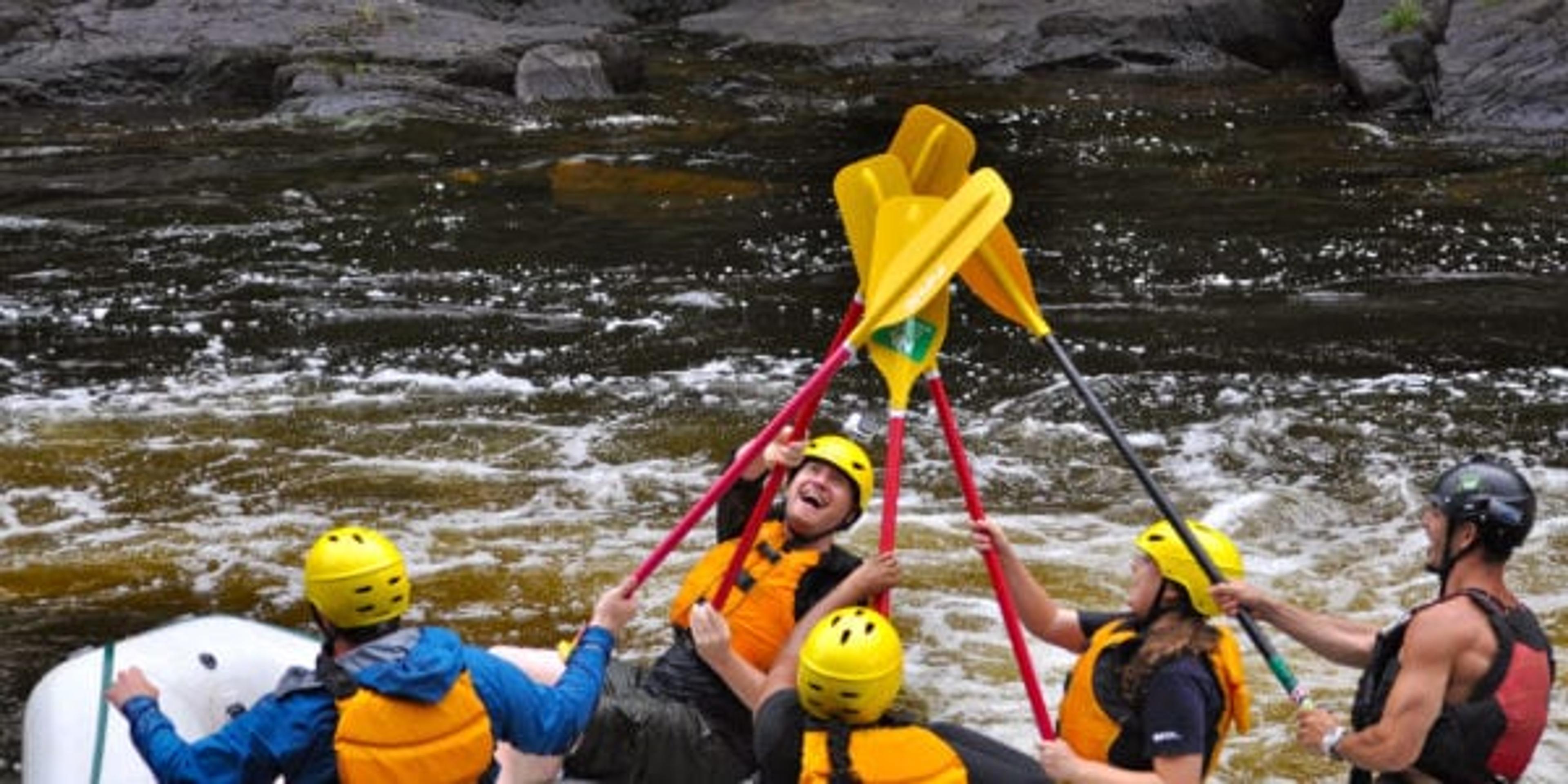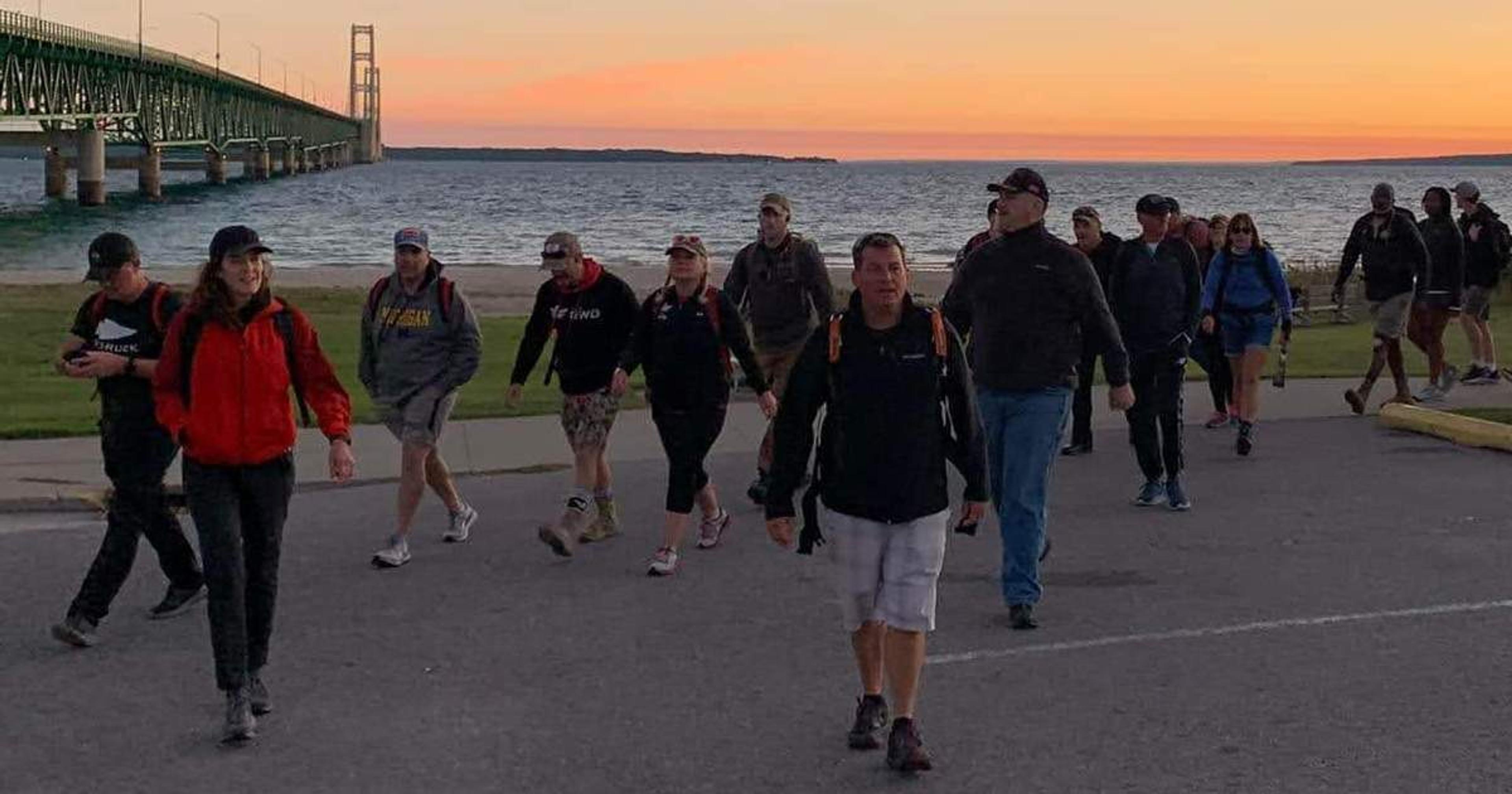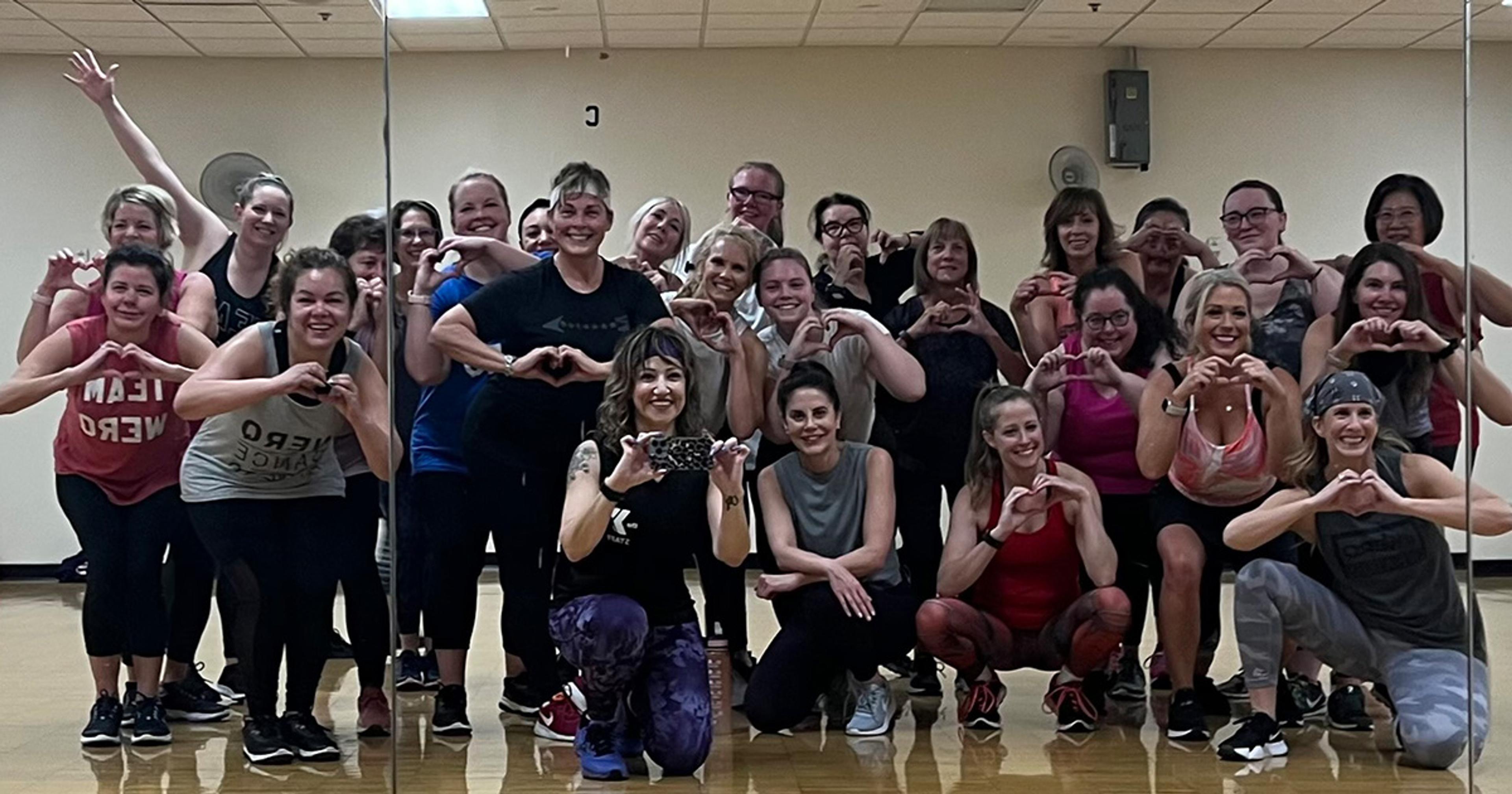White Water Rafting on the Menominee River: Facing My Fears for My #HealthyMe

Adriane Davis
| 3 min read

Never in a million years did I think I would go white water rafting…but never say never, right?
This week I am on a road trip, traveling across the Upper Peninsula with my co-workers and our first excursion was to go white water rafting. When I first saw the agenda, I was nervous about going out on the river because I have heard some pretty awful horror stories about accidents that can happen while white water rafting. But, in an effort to be a team player and to face my fears, I put my worries aside and “took one for the team.” I ended up not hating it and had an amazing time.
We arrived at Northwoods Adventures in Iron Mountain, Michigan, got geared up and hopped in a van to head to the river. During the 20-minute ride to the Menominee River, our guide went over important rules about white water rafting. During his spiel, I could not stop thinking, “Don’t fall out of the raft, don’t fall out of the raft.” In between my anxious thoughts, I did manage to hear him tell us that if we listened to him, we would all be OK. That put me at ease because I’m a pretty good listener and I wanted to come back from this trip unharmed.
Our guide was very knowledgeable about white water rafting and the Menominee River because he had more than 10 years of experience rafting across the country. When we got into the water, he taught us the commands and told us about the different levels of rapids we would encounter. Level one rapids are calm. Level two rapids have small, noticeable ripples. Level three rapids have bigger ripples and are less calm. Level four rapids are intense, loud, fast rapids. Level five rapids are more dangerous and have bigger, faster rapids for a longer stretch. Level six rapids are Niagara Falls and are extremely dangerous. We only went up to level four rapids and that was enough for me.
We practiced the commands and different positions while we were in calm, level one waters. We proceeded to see level two and level three rapids and then, we heard the level four rapids. As we approached the first gorge, we were all in the ready position awaiting a command from our guide. We went down the first dip and water starting flowing into the raft. Water was hitting me in the face and we were paddling forward, listening intently to our guide. We bumped up against a boulder, but paddled away so we didn’t get stuck. It was scary, breathtaking, and incredible. On top of that, it was a great full-body workout! I used every single muscle from my toes to my fingertips. I was using everything I could muster to dig my paddle into the water and row with my co-workers.
White water rafting was an awesome experience and if you’re ever in the Upper Peninsula, check out Northwoods Adventures in Iron Mountain. The team there made the experience much more enjoyable and put my fears at ease with their expertise.
Would you try white water rafting? Where else could we white water raft in Michigan?
Photo credit: A Healthier Michigan
This blog post is part of #HealthyMe, a personalized web experience based on your health and wellness goals. To sign up today, visit https://www.ahealthiermichigan.org/healthyme





